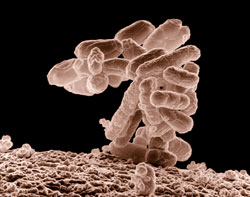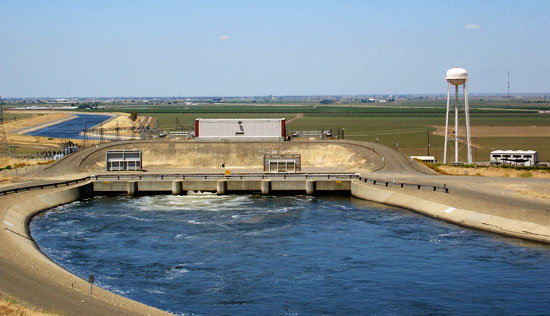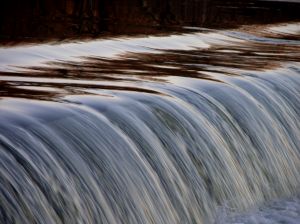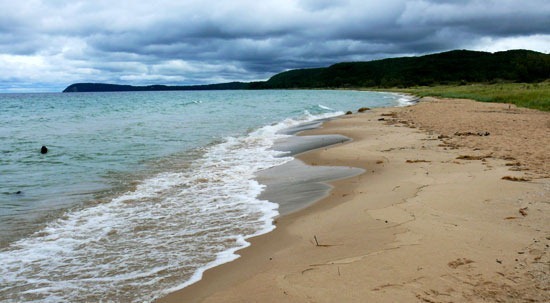Health investigators seek to uncover Singing Bridge Beach contamination culprit
2
E. coli bacteria
Arenac county health officials in Michigan are baffled as to the cause of soaring E. coli bacteria numbers in the water of Singing Bridge Beach. The beach’s water, which has been sampled each week, shows levels exceeding Michigan’s limit of 300 bacteria per 100 milliliters of water. Eight times in 2010, the health department barred the public from the water, according to the Great Lakes Echo.
“If you get more than 300, that beach should be either closed or an advisory posted that [the water is] above that state standard for total body contact or swimming,” Michelle Patton, Arenac health department director, told the Great Lakes Echo.
Singing Bridge Beach has a history of staggering E. coli contamination levels. Since 2003, it has been closed 16 times. Nearly two years ago, Mark Janeczko, the environmental health supervisor for the Arenac County section of the Central Michigan District Health Department, expressed concern about the beach’s recurrent alarming E. coli levels.
“That’s the beach I’m most concerned about,” Janeczko said in an interview with The Arenac County Independent, adding he doesn’t understanding why the water’s E. coli levels are routinely so high.
To determine the root cause of the E. coli, health investigators are tracking down a variety of bacteria. Patton said bacteria are common in surface water, but an excess causes unpleasant physical ailments.
The Whitney County Drain has been cited as a probable source of the contamination. The drain was created in the ‘30s as a flood deterrent in Aus Gres and empties into Lake Huron. It underwent reconstruction to address apprehensions about pollution of fish territories from soil erosion. However, the Whitney Drain was suspected of more than soil erosion pollution.
In 2010, both Singing Bridge Beach and Whitney Drain were tested for E. coli. The drain had high levels of E. coli stemming from both human and cattle excrement. Despite the steep E. coli numbers, Mike Snyder, Arenac County Board of Commissioners chairman, was pleased with the results of the tests.
“This is the first time we have a target,” Snyder said. He also said for the first time the health department knew what was causing the E. coli.
Other suspects have come under scrutiny as possible causes for the E. coli problem. Patton said the recent improvements to the drain may be the cause for the E. coli levels. The waster of other herbivore mammals may be another source.
“…I would emphasize that also could come from other ruminant animals and that includes deer,” Sheridan Haack, a research microbiologist, told the Echo.
To aid their efforts in naming a source, the county has received a grant of approximately $230,000 to observe Singing Bridge Beach along with two other beaches that have had high E. Coli levels in the past.
Health detectives search for source of Michigan beach contamination [Great Lakes Echo] The pristine water of Saginaw Bay/ Four county beaches exceed E. coli standards [The Arenac County Independent] Results of testing at Whitney Drain revealed [The Arenac County Independent]
Image Credit: http://en.wikipedia.org/wiki/File:E_coli_at_10000x,_original.jpg














[…] beach has a long history of contamination going back decades and has been closed due to a “staggering” E. coli outbreak over a dozen times. It’s believed that E.coli stems from human and animal […]
[…] beach has a long history of contamination going back decades and has been closed due to a “staggering” E. coli outbreak over a dozen times. It’s believed that E.coli stems from human and animal […]